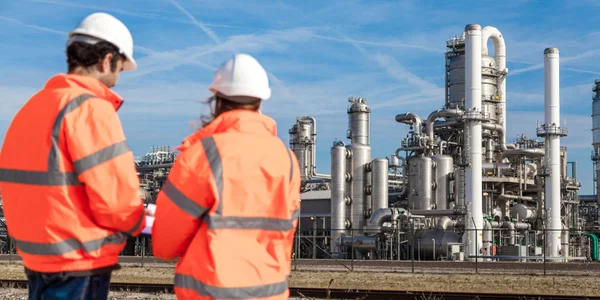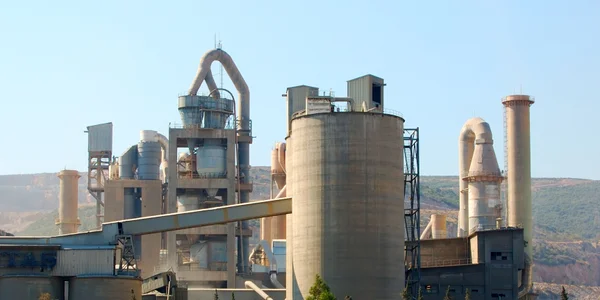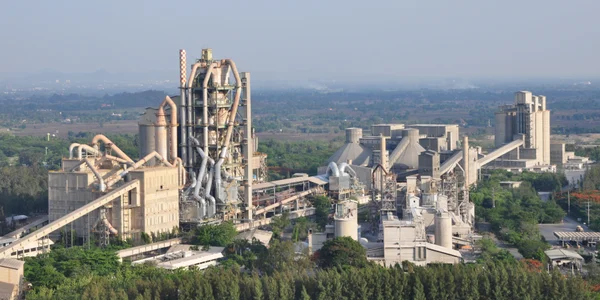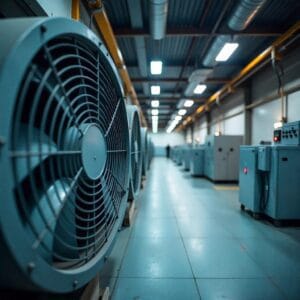Kanceláře
ŘEDITELSTVÍ

Německo
- Intenzivní filtr Himenviro Technologies GmbH
Neustraße 45 - 49, 42553, Velbert, Německo/Německo - +49 20534200990
KRAJSKÝ ÚŘAD

Velká Británie
- Intenzivní filtr Himenviro UK Limited
47, Bath Street WS13BX, Wallsall West Midlands, Velká Británie - +44 1922 628893
KRAJSKÝ ÚŘAD

Spojené arabské emiráty
- Intenzivní filtr Himenviro Technologies FZE – LLC
Obchodní centrum, Sharjah Publishing City Free Zone, Sharjah, Spojené arabské emiráty - +971-556074697
KRAJSKÝ ÚŘAD

Indie
- Intensiv-Filter Himenviro Private Limited
D-247/11, Sector-63, Noida – 201301, Uttar Pradesh, Indie - +91-120-4642-500
KRAJSKÝ ÚŘAD

Indie
- Intensiv-Filter Himenviro Private Limited
D-247/11, Sector-63, Noida – 201301, Uttar Pradesh, Indie - +91-120-4642-500
KRAJSKÝ ÚŘAD

Indie
- Intensiv-Filter Himenviro Private Limited
D-247/11, Sector-63, Noida – 201301, Uttar Pradesh, Indie - +91-120-4642-500
Řešení pro filtraci vzduchu a prachu z oceli a kovů
Ocelářský a kovoprůmyslový průmysl produkuje vysoké hladiny znečišťujících látek ve vzduchu, včetně jemného prachu, kovových částic a výparů, které, pokud nejsou kontrolovány, mohou vést ke kontaminaci životního prostředí, zdravotním rizikům pro pracovníky a poškození zařízení. Naše systémy filtrace vzduchu a prachu jsou přizpůsobeny tak, aby zvládly tato náročná prostředí a zachycovaly emise z procesů tavení, slévání a konečné úpravy. Naše řešení jsou navržena tak, aby odolala vysokým teplotám a množství částic, zlepšují kvalitu ovzduší, zvyšují dodržování předpisů a chrání pohodu zaměstnanců, čímž zajišťují čistší a bezpečnější výrobní prostředí.
Proces filtrace prachu v ocelářském a kovoprůmyslovém průmyslu
Elektrická oblouková pec se používá pro výrobu konstrukčních ocelí, ušlechtilých ocelí a nerezové oceli. Dále se používá pro výrobu karbidů a syntetických krystalů.
Odprašovací zařízení pro elektrické obloukové pece plně odsávají a čistí primární odpadní plyny z obloukové pece, jakož i veškeré sekundární odpadní plyny vznikající při tavení, odvádění nebo při plnění a odstruskování. Odpadní plyny, které vznikají v pánvové peci, při manipulaci s materiálem a v dalších připojených provozech, jsou odsávány a zpracovávány.

Filtr pro střešní digestoř
Filtr pro EAF
- 1. Střešní kapota
- 2. Filtr pro střešní digestoř
- 3. Ventilátor
- 4. Komín
- 5. Elektrická oblouková pec
- 6. Vodou chlazené potrubí
- 7. Výměník tepla
- 8. Filtr pro EAF
- 9. Ventilátor
- 10. Převodník
Požadované specifikace
Název filtru PJM
Typická konstrukční data | Střešní kapota |
|---|---|
Objem plynu | 1,000,000 |
Teplota plynu | 80 |
Druh prachu | Zbytky spalování oxidů železa |
Zbytkový obsah prachu | < 10 |
Obsah prachu v surovém plynu | < 5 |
Čištění | online / offline |
Filtrační médium | Polyester |
Design chráněný proti výbuchu | není nutné |
Sorbent | není nutné |
Název filtru PJM
Typická konstrukční data | Elektrická oblouková pec |
|---|---|
Objem plynu | 120,000 |
Teplota plynu | 120 |
Druh prachu | Zbytky spalování oxidů železa |
Zbytkový obsah prachu | < 10 |
Obsah prachu v surovém plynu | < 5 – 10 |
Čištění | online / offline |
Filtrační médium | Polyester |
Design chráněný proti výbuchu | není nutné |
Sorbent | není nutné |
Aplikace pro kontrolu ocelového a kovového prachu
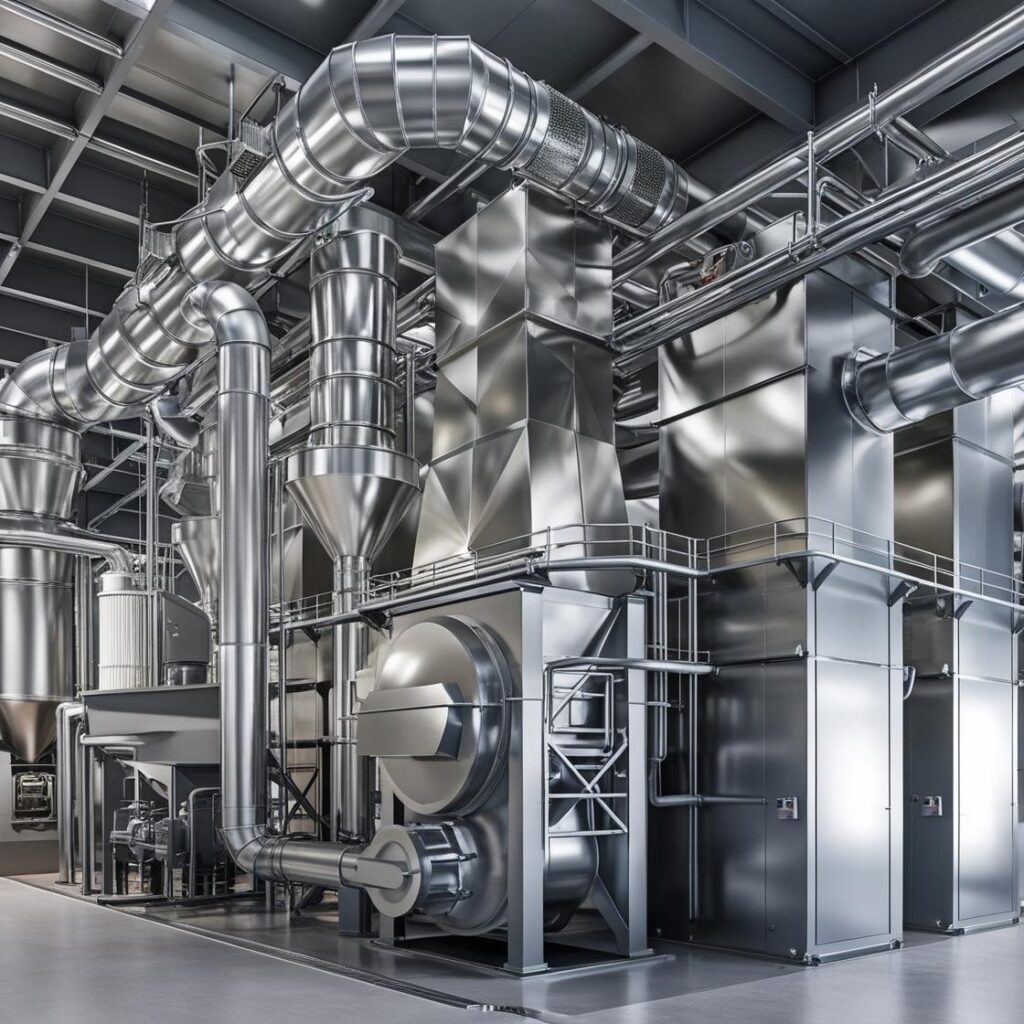
Reguluje prach a výpary uvolňované během tavení a tavení a zachycuje nebezpečné částice vznikající ve vysokoteplotních pecích.

Snižuje emise z odlévání, zachycuje částice ve vzduchu a kovové výpary, které mohou ovlivnit kvalitu ovzduší.

Odstraňuje jemný prach a kovové třísky vznikající při broušení a leštění, čímž zabraňuje kontaminujícím látkám ovlivňovat kvalitu výrobku a bezpečnost pracovníků.
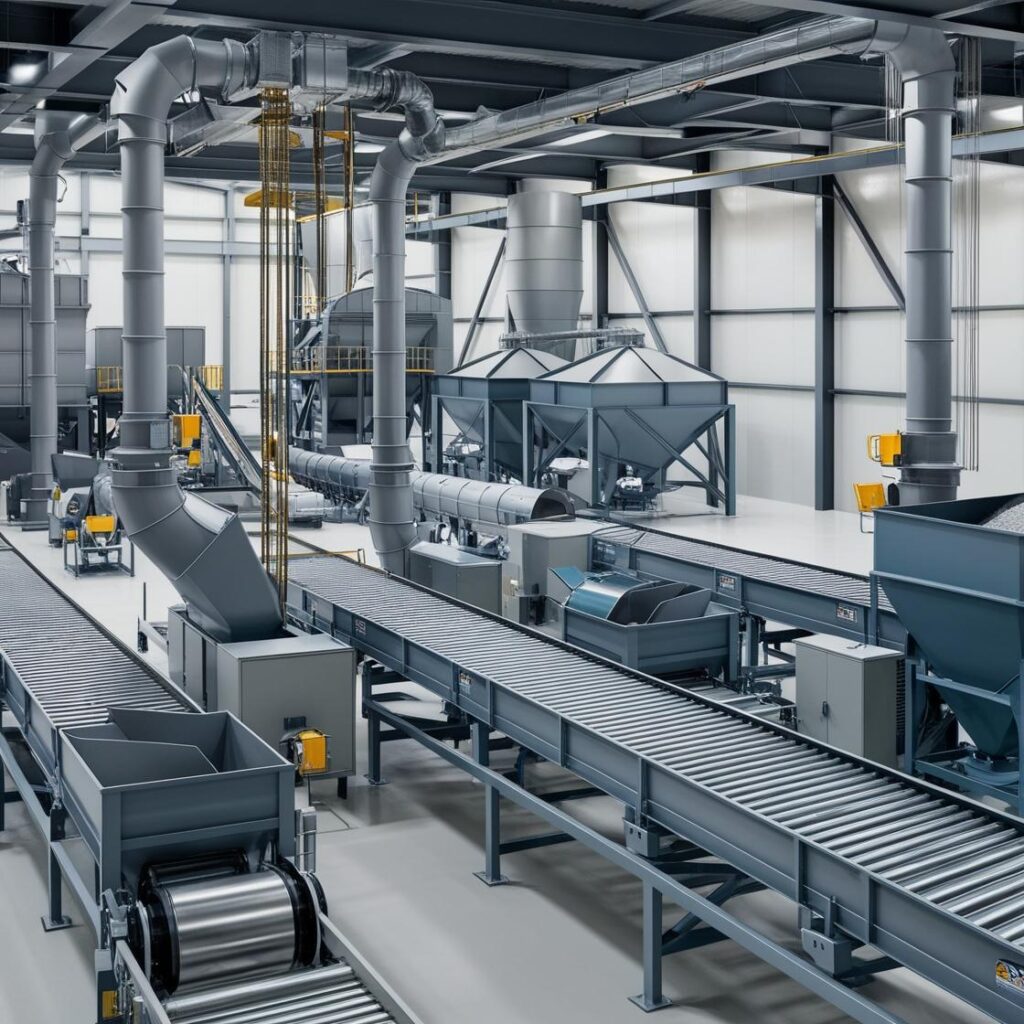
Omezuje tvorbu prachu během manipulace s materiálem, jeho přepravy a skladování, čímž minimalizuje uvolňování částic do pracovního prostředí.
Regulační prostředí pro kontrolu prachu |
|---|
Dodržování norem kvality ovzduší |
Dodržování předpisů o bezpečnosti a ochraně zdraví pracovníků |
Prevence nebezpečí požáru a výbuchu |
Dodržování předpisů v oblasti ochrany životního prostředí |
Monitorování emisí v reálném čase |
Tepelná odolnost |
Snížená údržba a prostoje |
Zajištění kvality produktů |
Nižší provozní náklady |
Problémy s kontrolou prachu |
|---|
Vysoká hladina prachu a výparů |
Zdravotní rizika pracovníků způsobená kovovými částicemi |
Přísné environmentální předpisy |
Nebezpečí požáru a výbuchu |
Kontaminace finálních produktů |
Opotřebení zařízení abrazivním prachem |
Požadavky na teplotní toleranci |
Zvládání velkých objemů odprašování |
Minimalizace prostojů souvisejících s údržbou |
Klíčové aspekty pro efektivní kontrolu prachu |
|---|
Cílené zachycení v emisních bodech |
Trvanlivost při vysokých teplotách |
Optimalizované řízení proudění vzduchu a tlaku |
Tepelně odolné filtrační materiály |
Pravidelné protokoly údržby |
Shoda s průmyslovými standardy |
Flexibilní řešení na míru |
Zmírnění rizik spojených s nebezpečím hoření |
Vyhrazené systémy pro různé fáze výroby |
Spojte se s námi pro odbornou konzultaci
Prozkoumejte naše další služby !
Často kladené otázky
V ocelářském a kovovýrobním průmyslu zahrnují běžné filtrační systémy látkové filtry, elektrostatické odlučovače (ESP), mokré pračky a cyklonové odlučovače. Látkové filtry používají látkové sáčky k zachycení prachových částic, zatímco ESP využívají elektrické náboje k odstraňování částic z výfukových plynů. Mokré pračky odstraňují znečišťující látky zavedením prací kapaliny a cyklonové odlučovače využívají odstředivou sílu k oddělování prachu od proudů plynu. Volba systému závisí na faktorech, jako je velikost částic, teplota plynu a specifické požadavky procesu.
Filtrační systémy zlepšují kvalitu ovzduší efektivním zachycováním a odstraňováním pevných částic a znečišťujících látek vznikajících při zpracování kovů. Snižováním emisí tyto systémy pomáhají zařízením dodržovat environmentální předpisy a normy, čímž minimalizují svůj dopad na životní prostředí a podporují bezpečnější pracoviště.
Elektrostatické odlučovače (ESP) nabízejí vysokou účinnost při odstraňování jemných částic a dosahují účinnosti až 991 TP3T, což je obzvláště výhodné při výrobě oceli, kde emise spalin často obsahují jemné prachové částice. Jsou schopny zvládat velké objemy plynu a efektivně fungují při vysokých teplotách. ESP mají navíc relativně nízké tlakové ztráty, což vede k nižší spotřebě energie během provozu.

